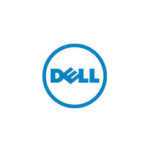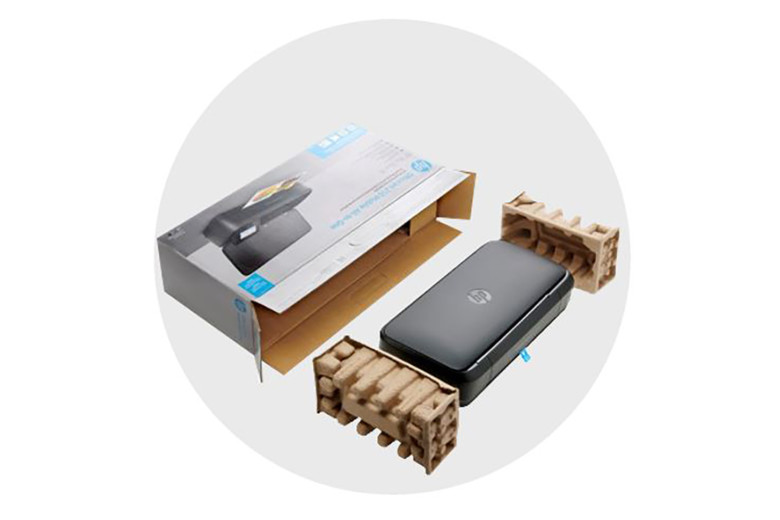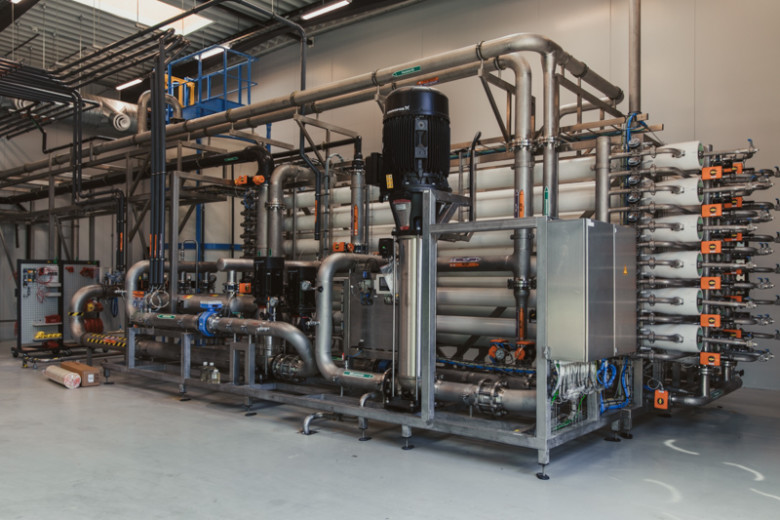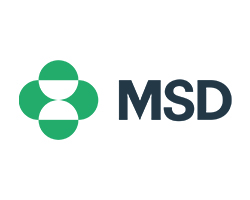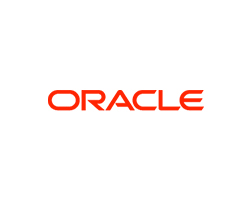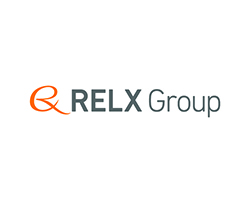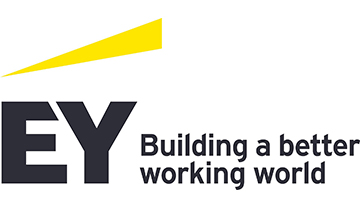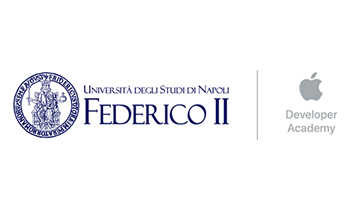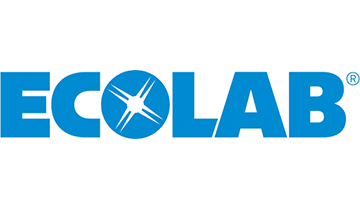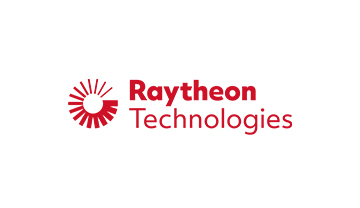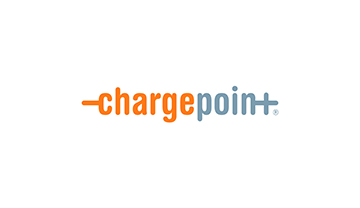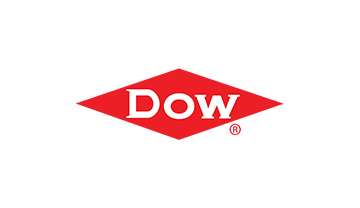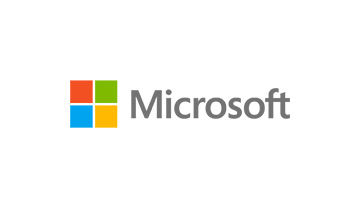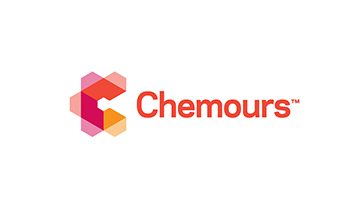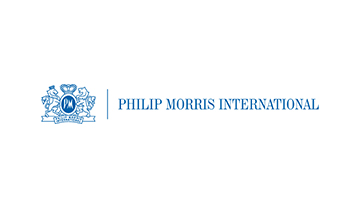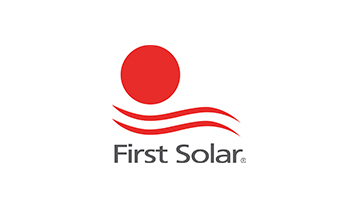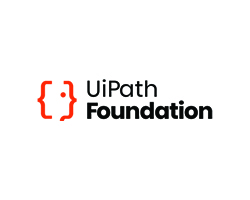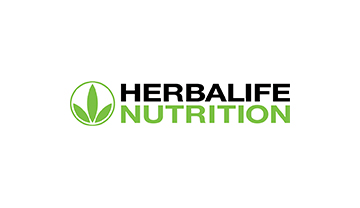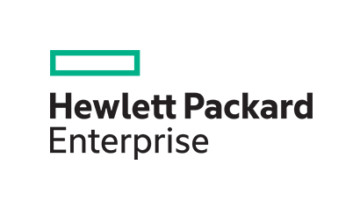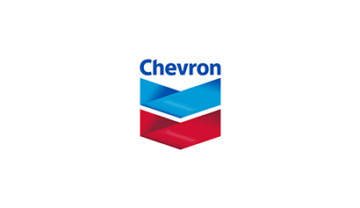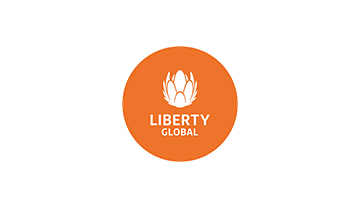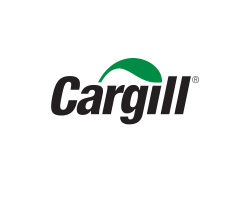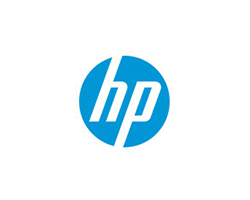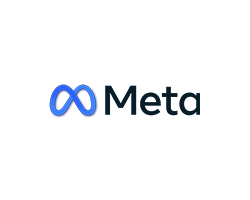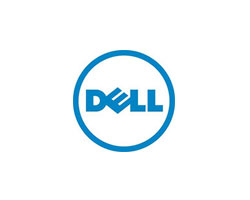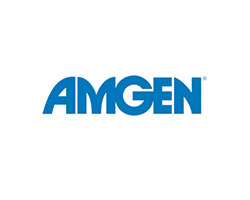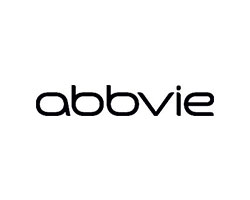
Scientists around the globe continue to work tirelessly to gain the upper hand on SARS-CoV-2—better known as Covid-19. Figuring out which types of cells are attacked, or how to manipulate genetic material to not attack is often very complex.
To overcome these challenges and boost health, human, and economic recovery, experts from the Digital Health Center at the Berlin Institute of Health at Charité (BIH) are now using genome sequencing to identify high-risk patients and develop better targeted treatment therapies.
Such work generates and requires analysis of enormous pools of data. By leveraging Dell Technologies’ high performance computing (HPC) solutions, BIH scientists are able to quickly scale up computing and analytical needs—allowing them to work more effectively than ever. In the context of Covid-19, this means greatly expanded testing to deliver accelerated high-impact results.
How HPC clusters aid sequencing
Sequencing a single cell‘s RNA takes approximately one day. The output data from that process then needs to be analysed-—a process that is even more complicated than the initial sequencing.
To meet the ever-increasing demands and to reliably generate rapid results for Covid-19 data, BIH’s Digital Health Center has upgraded its HPC cluster by installing eight top-of-the-range Dell servers, which together deliver 384 cores of processing power for a 70% improvement over the old system. To put that into perspective, the new BIH cluster has at least 100x the power of a typical laptop, not including other built-in process accelerators.
Baking in customised technical structures and optimised workflows means the cluster can analyse more data for BIH than ever before. As a result, experts can quickly explore how host cells react to infection and provide better insights on how the virus can be slowed or even stopped.
“The more researchers understand interactions between the virus and human body, the better they will be able to understand the disease progression of Covid 19 patients and develop new strategies and therapies to combat the SARS-CoV-2 virus,” said Jürgen Eils, Head of Health Data Groups at the Digital Health Center of BIH and Heidelberg University Hospital.
Translating data into genetic code
Through the medical informatics consortium HiGHmed, BIH, Dell and SVA work with academia and industry partners to boost development for innovative information infrastructures and enable processes that convert research into clinical practice faster.
“Thanks to close cooperation with partners, we were able to provide the experts at the Berlin Institute of Health and Charité – Universitätsmedizin Berlin with computing and storage systems that are particularly powerful and at the same time cost-efficient for a wide range of projects,” said Marten Neubauer, Field Director Healthcare at Dell Technologies Germany.
The group is also working on a ready-to-use appliance solution as part of the Omics Data Integration Center (omicsDIC) that will ‘translate’ raw sequencing data into genetic code for scientists to use.
“Data has long been the raw material for medicine of the future. At the same time, this Big Data represents a huge store of knowledge and experience. To be able to use it, data must be harmonized across institutional boundaries, transformed into computer-readable information and networked via secure infrastructures,” explained Neubauer.
There’s no question that we’re currently facing down one of humanity’s most costly medical crises. However, with modern tools, a healthy dose of effort and a collaborative will, long-term medical challenges like these can become hills instead of mountains.
Now, let’s lean into that hike.
